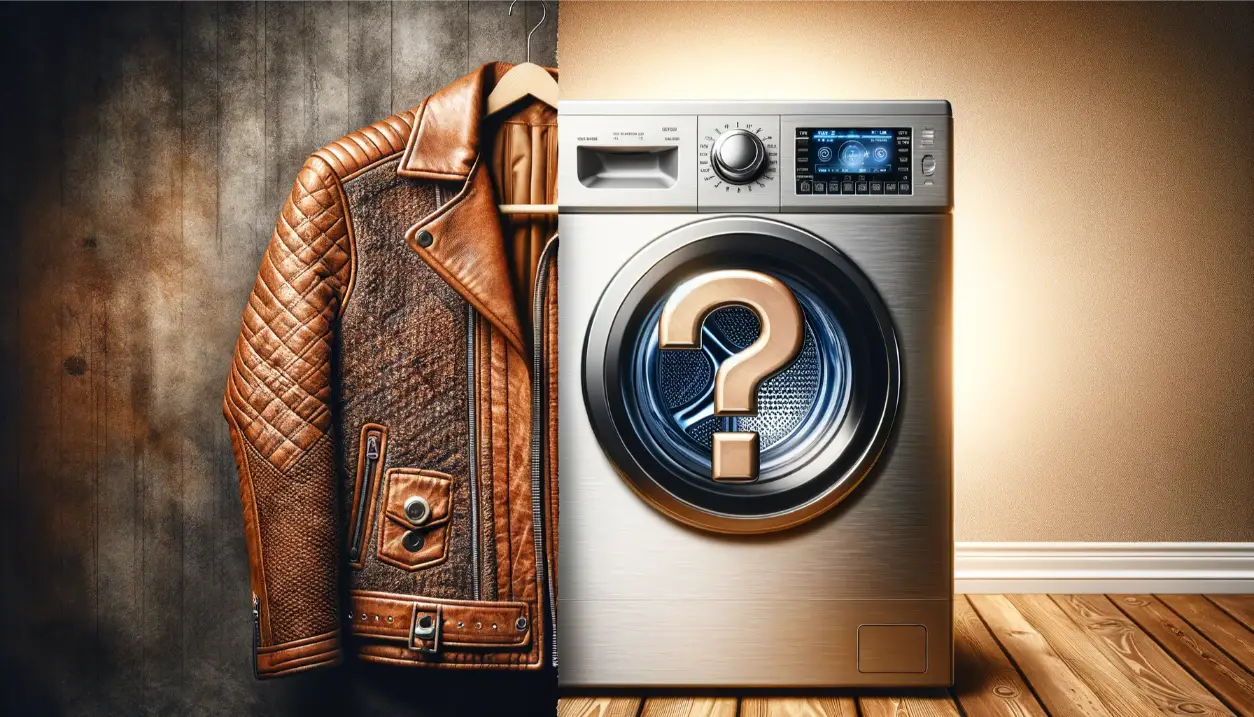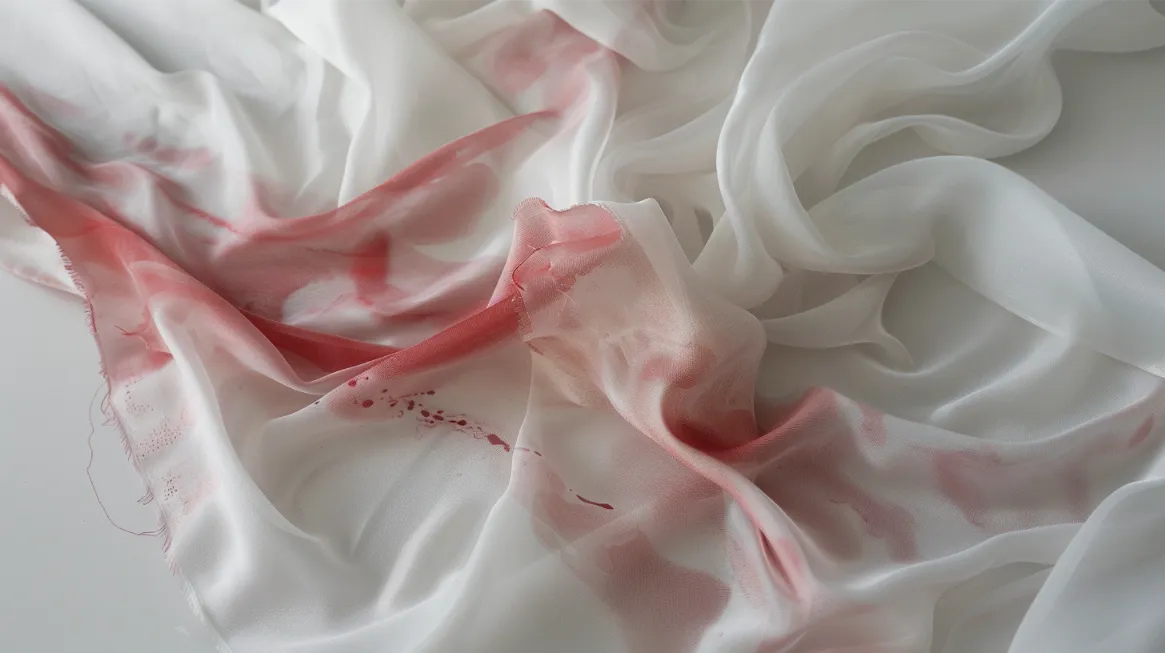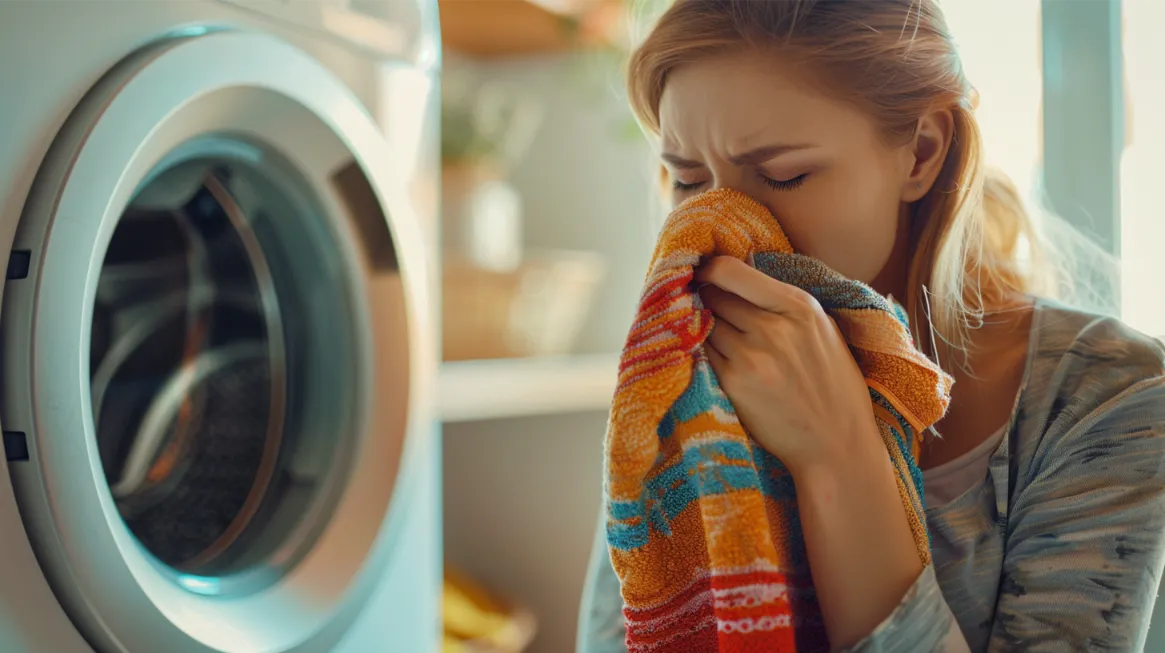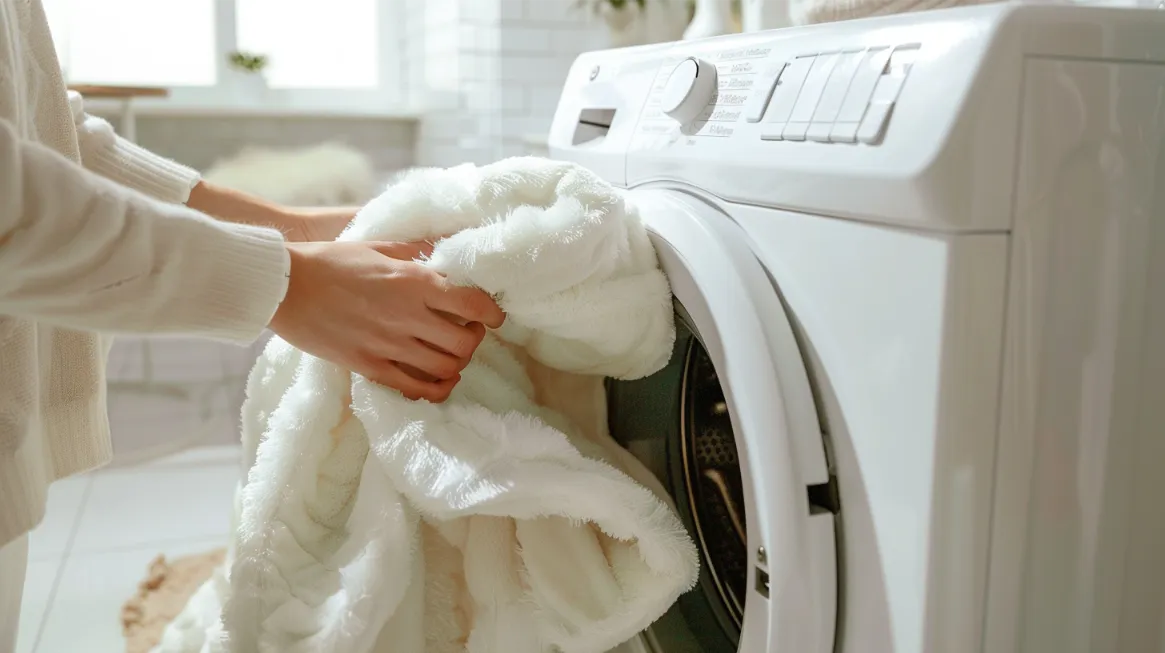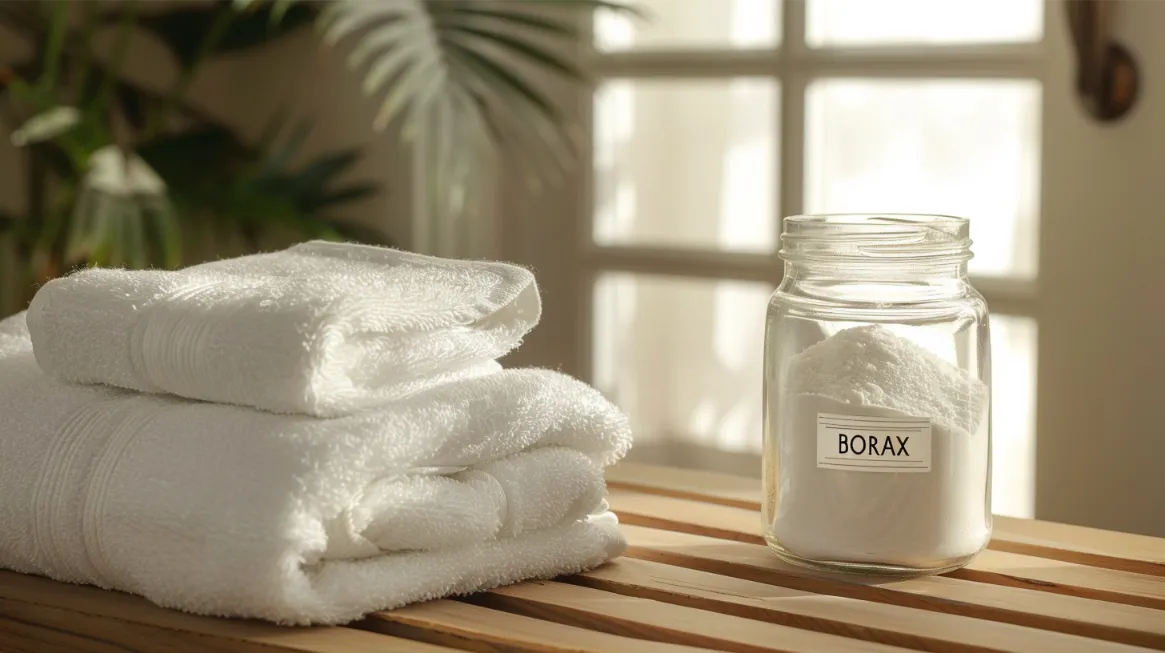Navigating the nuanced world of laundry care, the question of when to employ fabric softeners is pivotal for maintaining the integrity and longevity of various textiles. While its use can impart a soft texture and a pleasant aroma to cotton and natural fibers, mitigating wrinkles and reducing pilling, the implications of its application on materials like sportswear and elastane are often overlooked.
These fabrics, designed for specific functionalities, may compromise their inherent properties when subjected to fabric softeners. This delicate balance between preserving fabric quality and achieving desired laundry outcomes invites a deeper exploration into the strategic use of fabric softeners, highlighting the necessity of discerning application practices in routine laundry care.
Key Takeaways
- Use fabric softener on cotton and natural fibers to enhance softness and maintain quality.
- Add fabric softener during the final rinse cycle to reduce static cling in synthetic garments.
- Avoid using fabric softeners on moisture-wicking sportswear and towels to preserve their functionality.
- Incorporate fabric softener for a pleasant scent in bed linens and everyday wear.
Understanding Fabric Softener
Fabric softener, a crucial laundry conditioner, is pivotal in enhancing fabric’s softness, scent, and overall quality by meticulously lubricating fibers.
Its application in laundry routines extends beyond mere aesthetic improvements; it fundamentally alters the interaction between fabric and the environment. By reducing static, fabric softener minimizes the cling between garments, easing wear discomfort and facilitating smoother fabric movement.
Furthermore, its ability to eliminate wrinkles and prevent pilling directly contributes to the longevity and appearance of clothes, ensuring they maintain a like-new condition for longer periods.
Notably, fabric softener in a washing machine simplifies these benefits, seamlessly integrating them into the washing process and enhancing the overall laundry experience.
Ideal Scenarios for Use
Fabric softeners play a pivotal role in the care and maintenance of textiles, offering several benefits tailored to specific laundry needs. They are particularly effective in enhancing the softness of fabrics, reducing the occurrence of static cling, and imbuing clothes with a lasting, pleasant scent.
These attributes make fabric softeners indispensable in achieving optimal laundry results, especially when aiming to preserve garments’ integrity and sensory qualities.
Enhancing Clothing Softness
Incorporating fabric softener into your laundry routine is highly recommended to enhance the softness and comfort of cotton and natural fiber garments. Fabric softeners are particularly effective in:
- Improving the tactile feel of clothing made from cotton and natural fibers, making them feel more luxurious against the skin.
- Reducing the appearance of wrinkles and pilling on garments, thus extending their wearability and aesthetic appeal.
- Maintaining the fluffiness of cotton towels, ensuring they remain absorbent and pleasant to use after multiple washes.
- Ensuring clothes, except moisture-wicking sportswear, offer enhanced comfort without compromising functionality.
It’s crucial to note that while fabric softeners offer numerous benefits for cotton and natural fiber clothes, they should be avoided on sportswear to preserve the garments’ performance features.
Reducing Static Cling
Often, garments composed of synthetic materials like polyester and nylon are more susceptible to static build-up, making the application of fabric softener during the laundry process a crucial step for reducing static cling effectively.
The mechanism behind fabric softener’s ability to reduce static lies in its capacity to lubricate fabric fibers. This lubrication helps garments glide against each other smoothly in both washer and dryer cycles, significantly reducing friction and, consequently, static cling.
Incorporating fabric softener in the final rinse cycle of the washing process ensures that synthetic fabrics, notorious for their tendency to generate static electricity, remain free from the uncomfortable cling.
Utilizing fabric softener in dryer cycles further maximizes the prevention of static buildup, offering a comprehensive solution to maintaining static-free synthetic garments.
Improving Fabric Scent
A fresh and inviting aroma after laundering is a priority for many, making fabric softener an essential step in achieving this goal. Fabric softeners are adept at infusing laundry with a pleasant scent, ensuring clothes emerge from the wash smelling fresh and inviting.
Ideal scenarios for their use include:
- Enhancing the fragrance of bed linens, ensuring a soothing sleep environment.
- Freshening up sportswear to keep them smelling pleasant despite heavy use.
- Improving the scent of everyday wear, from casual outfits to work attire.
- Revitalizing towels provides a fresh and soft experience after every bath or shower.
Selecting a fabric softener with the desired scent can significantly enhance the aroma of your clothes, surrounding your fabrics with irresistible softness and freshness.
Common Misapplications
While fabric softener can enhance the feel and fragrance of many textiles, its application demands discernment to avoid compromising the functionality and longevity of certain materials.
Misapplications, such as its use on towels, athletic wear, and natural fibers, can inadvertently diminish absorbency, impair moisture-wicking properties, and alter the fabric’s intrinsic qualities.
Understanding these common missteps is essential for preserving these textiles’ optimal condition and performance.
Avoiding Towel Use
Many users are unaware that applying fabric softener to towels can significantly diminish their absorbency and overall effectiveness in drying. This common misapplication undermines the primary function of towels: to dry surfaces and skin efficiently.
To maintain towel quality and functionality, consider the following points:
- Avoid fabric softeners on towels, especially those made of microfiber or terry cloth, to preserve their drying capabilities.
- Vinegar can be a useful option as a DIY fabric softener alternative. It helps to remove odors and restore plushness without leaving a residue, ensuring towels remain effective in their primary role.
- Residue buildup from fabric softeners can drastically reduce a towel’s absorbency, rendering it nearly ineffective.
- Microfiber and terry cloth towels are particularly susceptible to damage from softeners, emphasizing the need for alternative care methods.
Athletic Wear Mistakes
In fitness apparel, a critical mistake often is applying fabric softeners to athletic wear, compromising the material’s intrinsic moisture-wicking properties essential for workout efficiency. Fabric softeners coat fibers, reducing their ability to wick moisture away from the skin effectively.
This affects the garment’s ability to keep you dry during strenuous activities and diminishes the fabric’s breathability. The resultant decrease in breathability hampers the garment’s function to regulate body temperature, leading to discomfort.
Additionally, the residue left by fabric softeners on athletic wear can cause skin irritation, further disrupting the wearer’s focus and performance. To safeguard the functionality and extend the lifespan of performance fabrics, it is advisable to forgo fabric softeners in favor of detergents formulated specifically for these materials.
Natural Fiber Care
Transitioning to the care of natural fibers, it’s imperative to recognize the detrimental effects fabric softeners can have on materials such as cotton, linen, and wool, including reduced absorbency and compromised breathability. To navigate this issue effectively:
- Avoid fabric softeners with natural fibers to prevent buildup that diminishes their inherent qualities.
- Understand that fabric softeners can decrease the effectiveness of cotton, linen, and wool, reducing breathability and moisture-wicking properties.
- Be aware that these fibers may become stiff or lose their natural texture with regular exposure to fabric softeners.
- Opt for alternative methods like air drying or using dryer balls to maintain the integrity, quality, softness, and durability of natural fiber garments over time.
Application Methods
Choosing the correct application method is crucial to ensure the optimal effectiveness of fabric softeners. Fabric softeners should be added to the washing machine immediately to maximize their benefits.
A manual addition to the final rinse cycle is necessary for machines lacking a built-in fabric softener dispenser. This requires waiting until the washer drum fills with water, ensuring the fabric conditioner is evenly distributed throughout the laundry.
The amount of fabric softener used should correspond to the laundry load size to achieve effective softening while preventing any potential residue or staining.
For convenience, a fabric softener dispenser ball can automate the release of fabric softener during the wash cycle, ensuring the appropriate use of fabric conditioner without the risk of adding it to insufficient water volumes.
Special Considerations
Having explored the correct application methods of fabric softeners, it becomes imperative to consider their suitability for various fabrics and their potential impact on certain materials. When incorporating fabric softener into your laundry routine, whether through the dispenser during the rinse cycle or directly into the dryer with a load, mindful consideration of the material composition is essential.
- Moisture-wicking activewear should be exempt from using fabric softener to maintain optimal performance.
- Water-resistant materials could lose efficacy when applying fabric softener, compromising their protective qualities.
- Avoiding fabric softeners for items like microfiber towels ensures they retain their superior absorbency.
- Elastane-containing sportswear requires cautious treatment, as fabric softeners can diminish their stretch and shape retention, affecting the garment’s longevity and fit.
Maintenance and Safety
Ensuring the longevity and safety of your garments requires meticulous adherence to fabric softener usage guidelines, especially when considering their impact on different materials. Fabric softeners can affect certain fabrics’ fire resistance, breathability, and moisture-wicking abilities. Therefore, it is crucial to use them appropriately and understand their interaction with various material types.
| Fabric Type | Fabric Softener Use | Reason |
|---|---|---|
| Flame-resistant clothing | Avoid | Maintains fire resistance |
| Water-repellent fabrics | Avoid | Preserves water-repellent properties |
| Microfiber cleaning towels | Avoid | Keeps microfiber’s cleaning efficiency |
Always check care labels before using fabric softeners and follow the instructions on fabric softener dispensers or the manufacturer’s guidelines for safe and effective usage. This approach ensures the maintenance of fabric properties and safety during laundry processes.


